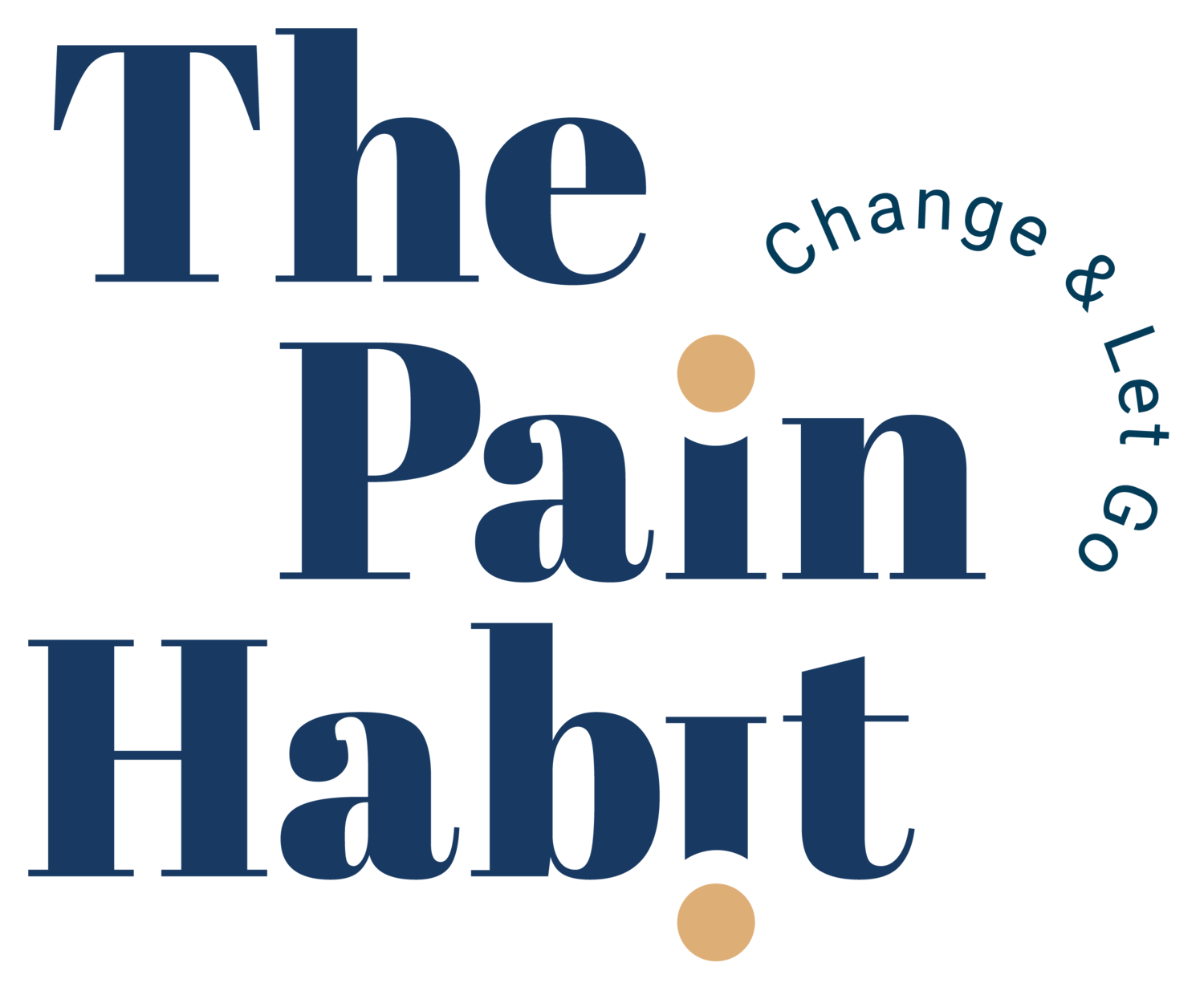Pain Tips - Pain With Light Touch?
How Can Light Touch Cause Pain?
Here is the first of a series of posts about tips to show people that their brains influence their pain.
Having more evidence to illustrate this to the patients and therapists can help change their beliefs about the origin of their pain.
Dr. Howard Schubiner
I was lucky enough to work with Dr. Howard Schubiner recently, a fantastic physician helping people recover from persistent pain.
I will use some of the things that he presented and some other bits and pieces and keep them nice and bite-sized to help challenge some potentially deep and long-held beliefs.
This first post is about light touch.
The thing with a light touch is it’s only soft touch, so there's no damage with a light touch. It’s just light touch.
Touch anywhere on your body that you know feels safe, and that's exactly what you'll get - a sensation of light touch.
Overprotective Reaction
With persistent pain, people will press lightly on the area, which potentially recreates their pain. That's a perfect example of how their body and brain are now working in an overprotective way.
If you place your hand on an area that is constantly or intermittently painful and press lightly, they may say the pain increases with that light pressure.
Beyond three months, if there was an injury that shouldn't be painful.
Pain From a Non-Painful Stimulus
The body or brain or however you interpret it, are creating a response to that sensation which is painful from to a non-painful stimulus.
That is a perfect example of evidence that supports the fact that they are in a hypersensitive state.
The person might not say they are, but their body is.
So that's it. Light touch should only ever be a light touch.
Great Example
With persistent pain with some patients, they say light touch causes pain, and that's a great example to show them what their body and brain are doing to be overprotective.
Look out for other pain tips, and you'll be able to build up a catalogue of evidence that you'll be able to use in your assessments or to confirm a diagnosis that you may find helpful when you're looking to resolve persistent pain in someone else or yourself.
What’s next?
Take Your First Step to Recovery.
Join our FREE private Facebook group, The Pain Habit Community, to see how others have successfully returned to a pain-free life. Get support on your journey.
Sign up for The Pain Habit Blog below.
Subscribe to The Pain Habit YouTube channel.
Buy The Pain Habit book. Order here.



